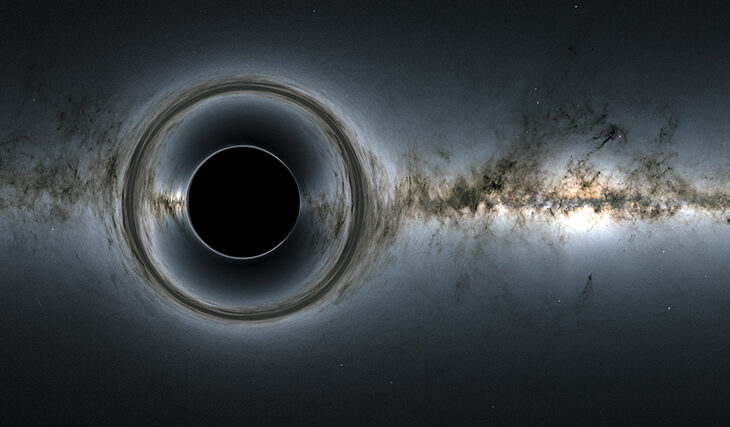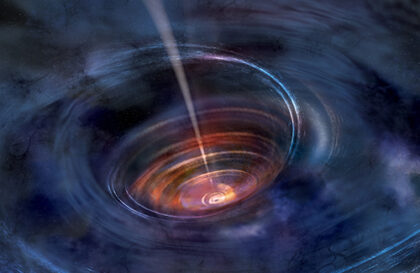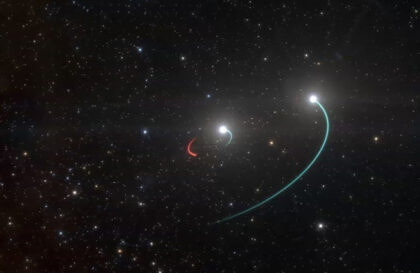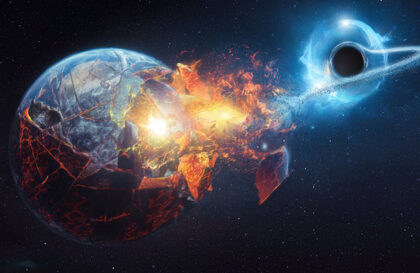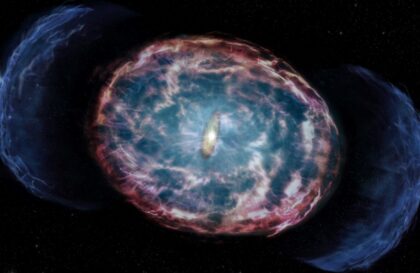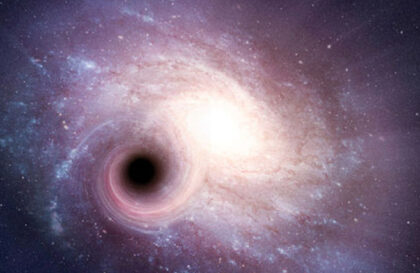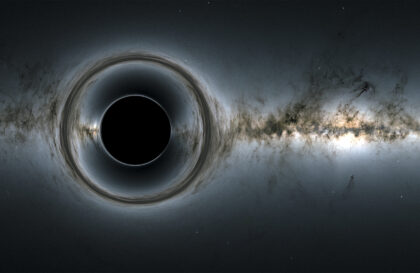Planck’s black hole
The theoretical smallest is the Planck black hole – a hypothetical black hole with the smallest possible mass, which is equal to the Planck mass. The Planck mass is 2.176434(24)⋅10−8 kg, or about 2 ten-thousandths of a gram. The Planck length is 10−35 m. The matter density of such a black hole is about 1094 kg/m³ and is possibly the maximum achievable mass density. Physics on such scales must be described by as-yet undeveloped theories of quantum gravity. The Planck black hole is a boundary object, it is identical to the maximon – the heaviest theoretically possible elementary particle. Maximons could play the role of dark matter.
What other holes are there?
The smallest black hole (it is also one of the closest to the Earth), 3 times heavier than the Sun, is located in our galaxy in the constellation Unicorn, at a distance of about 1500 light years. It is literally on the verge of the minimum possible mass for a star to turn into a black hole at the end of its life cycle. The black hole was called A Unicorn in Monoceros Discovered in April 2021. Until that time, no black holes with a mass of less than 5 solar masses have been found.
The two largest black holes known to date are in two nearby galaxies: NGC 3842 and NGC 4849.
NGC 3842 is the brightest galaxy in the constellation Leo, located at a distance of 320 million light-years from us. At its center is a huge black hole with a mass of 9.7 billion solar masses.
NGC 4849 is a galaxy in the Coma cluster, 335 million light-years away, boasting an equally impressive black hole.
The gravitational fields of these giant black holes, or in academic terms, their event horizon, are about 5 times the distance from the Sun to Pluto!
The smallest supermassive black hole. At a distance of about 10 million light-years from Earth is a galaxy called the Ghost of Mirach. Scientists have measured the speed of movement of carbon monoxide, rotating in the center of the galaxy. Just as water swirls around a drain hole, gas moves faster and faster as it approaches a black hole. So you can determine the mass of a black hole. The Mirach Ghost black hole has a mass of just under one million times that of our sun. Since its birth, the hole has “eaten” about 500,000 masses of our Sun.
The rarest black hole generates gamma radiation, and its plasma streams are directed directly at the Earth. Such black holes are less than 1%. It has radiation sources that are among the most powerful in the universe. They are called blazars.
A black hole that can be seen without binoculars. is only 1000 light-years from Earth – closer to the solar system than any other found before. A keen observer in the Southern Hemisphere on a clear night can see two stars revolving around her.
According to the theories of modern scientists in our galaxy the Milky Way can be up to hundreds of millions of black holes. No less of them can be in Andromeda, which is next to us, to which only 2.5 million light-years from our Milky Way fly.
Image credit:
https://www.nasa.gov
https://www.sciencefocus.com/comment
